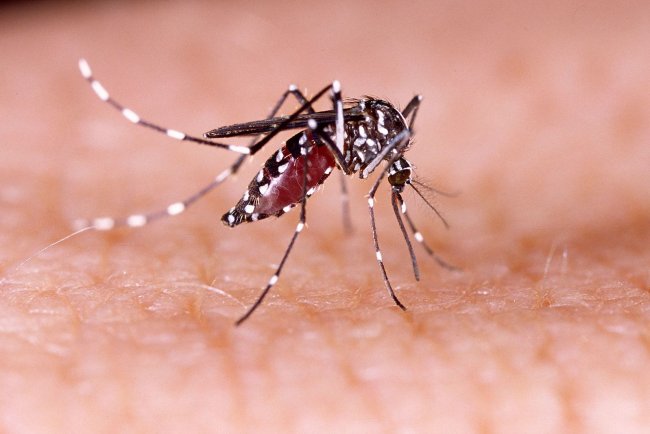When Does a Drug Rash Go Beyond a Simple Itchy Problem? How to Recognize When to Be Concerned
After a difficult infection, you are finally recovering—the drugs are working, and things are improving. However, something else starts to form underneath the surface: a rash that spreads to your arms and legs, a few red pimples on your chest, and a creeping itching sensation. Does that sound familiar?
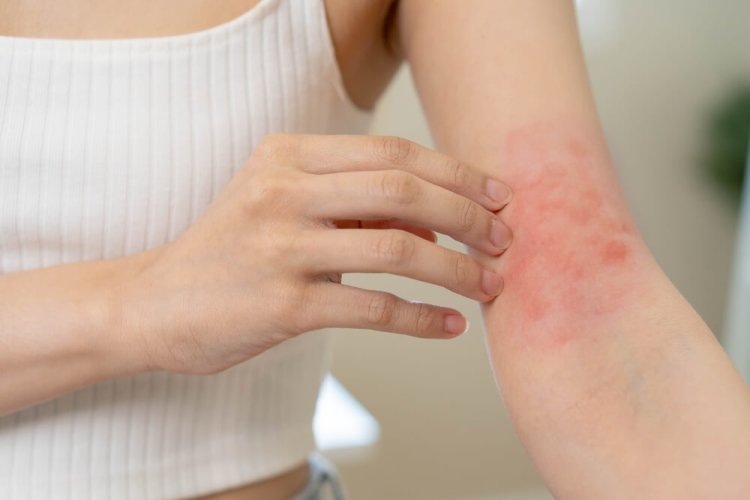
A frustratingly frequent adverse effect of several drugs is rashes. Furthermore, certain rashes are much more dangerous than others, even if the majority are benign and go away with time, albeit with some flaking and scratching. Rare, indeed. But severe enough that, if ignored, may land you in the hospital.
What distinguishes a medical red flag from a benign skin reaction, then? What distinguishes a drug rash from something more serious? Let us get started, with all the subtleties and strange symptoms.
In any case, what is a drug rash?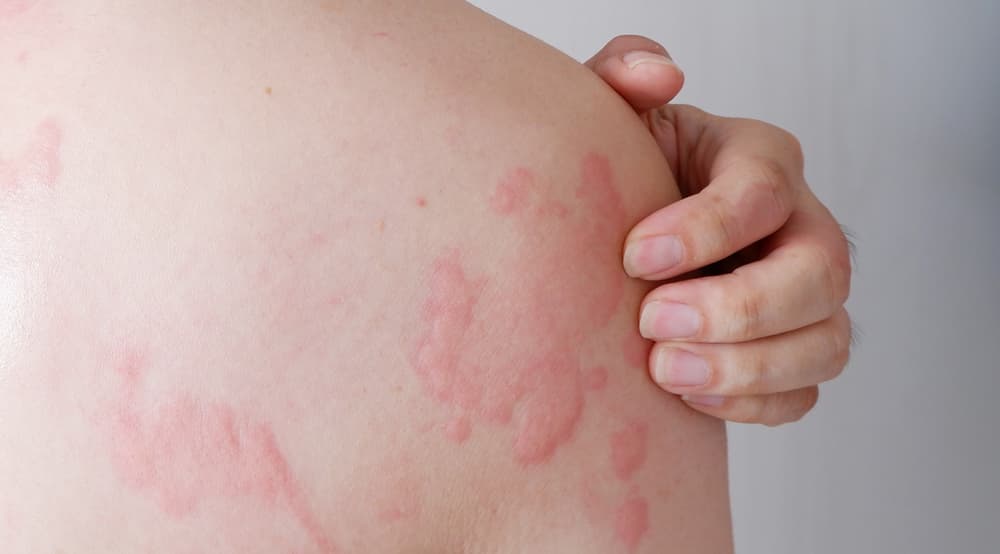
Depending on the kind of reaction and your unique immune response, drug rashes can have a wide range of appearances and sensations. In a sad twist of fate, they frequently appear just as you are beginning to feel better. Furthermore, some may be signs of a much more serious ailment that is brewing beneath your skin, while others may go away on their own or with over-the-counter medication.
You should be aware of the two primary categories of drug-related skin reactions:
1. Instant Reactions: The Moving Hives
These rashes appear quickly, frequently within hours after taking a prescription drug. The traditional offender? Hives are raised, itchy welts that move throughout your body like migrating skin ghosts. They are caused by the production of histamine, which is your immune system's automatic reaction to an imagined threat.
The good news is that oral antihistamines like cetirizine or diphenhydramine (that is Zyrtec or Benadryl, if you are looking at pharmacy shelves) may usually be used to treat these rashes with ease.
The catch is that it might be more than just a skin-deep reaction if your lips begin to swell, your throat feels constricted, you have trouble breathing, or you feel faint. That is an anaphylactic reaction that has to be treated in an emergency room right away. Do not hold out. Go to an urgent care center or emergency room.
2. Postponed Responses: The Breakout That Occurs Days Later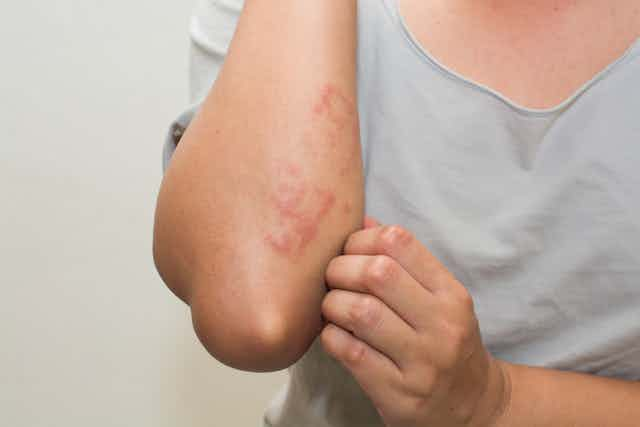
Drug rash of the second kind is more cunning. Usually 4 to 14 days after beginning a new medicine, it comes in a whisper rather than a roar. It may initially appear as sporadic red or pink pimples on your back and chest. The rash may gradually extend to your limbs over a few days. These locations do not wander like hives do. They remain stationary.
The rash may eventually begin to peel, resembling the aftermath of a severe sunburn. Itchy? Absolutely. Worrisome? Usually not, however it is unattractive and unpleasant.
Antihistamines do not work as well on these delayed-type rashes. Alternatively, the immunological flare-up can be soothed using a topical steroid cream (such as hydrocortisone). Your doctor may recommend a little stronger medication for more difficult cases.
When Is It Time to Get Worried?
The majority of drug rashes are uncomfortable but not dangerous. However, some—fortunately uncommon—can be fatal. You do not want to interfere with what are called Severe Cutaneous Adverse Reactions (SCARs).
Keep an eye out for these warning signs:
Skin that hurts (not just irritating)
It is a warning sign if your rash becomes painful or sensitive to the touch. Pain may indicate tissue injury and deeper skin involvement.
Dusky or purple skin
Serious inflammation or tissue disintegration may be indicated by rashes that develop a dusky grayish-red or bruise-like purple.
Skin peeling, pustules, or blisters
We are talking about apparent blisters packed with fluid or thick layers of skin sloughing off, not merely peeling like dry winter skin.
Sores in your genitalia, eyes, or mouth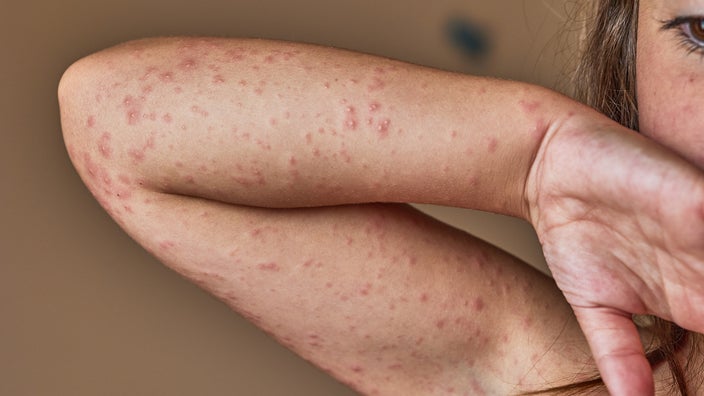
Go quickly to urgent care or the emergency room if your mucous membranes are affected, such as by genital sores, red, swollen eyes, or painful mouth ulcers.
fever, face edema, or flu-like symptoms
Your body can be experiencing a systemic medication reaction if you feel sick, tired, bloated, or feverish all of a sudden. This is not the time to wait; some syndromes even impact your heart, lungs, liver, or kidneys.
The Three Major SCARs You Must Understand
These severe skin reactions are uncommon, but they have names, and they sound as frightening as they are:
Toxic Epidermal Necrolysis (TEN) and Stevens-Johnson Syndrome (SJS): Flu-like symptoms are frequently the first to appear, followed by blistering, skin sloughing, and mucosal involvement. They are medical crises.
The symptoms of DRESS (Drug Rash with Eosinophilia and Systemic Symptoms) include fever, internal organ involvement, facial edema, and rash. Days or weeks after beginning a medicine, it may appear without warning.
Acute Generalized Exanthematous Pustulosis, or AGEP, is characterized by the sudden appearance of pustules over red, swollen skin that is typically brought on by drugs.
These rashes are not something to "wait and see." See a dermatologist or seek emergency care right away if you are unsure.
In the event that you suspect a drug rash, what should you do?
Consult your doctor before stopping the drug.
Without supervision, abruptly quitting a prescription medication (such as an antibiotic or seizure medication) can be dangerous.
Keep a record of everything.
Take pictures of the rash as it develops. Jot down any medications you have used in the past month, including over-the-counter ones, when it began, where it spread, and any additional symptoms you have experienced.
Be mindful of escalation.
It is likely treatable at home if the rash is mild and does not affect your face, mucous membranes, or systemic symptoms. However, it is important to contact a doctor, preferably a dermatologist, if there are any new or worsening symptoms.
Seek professional assistance.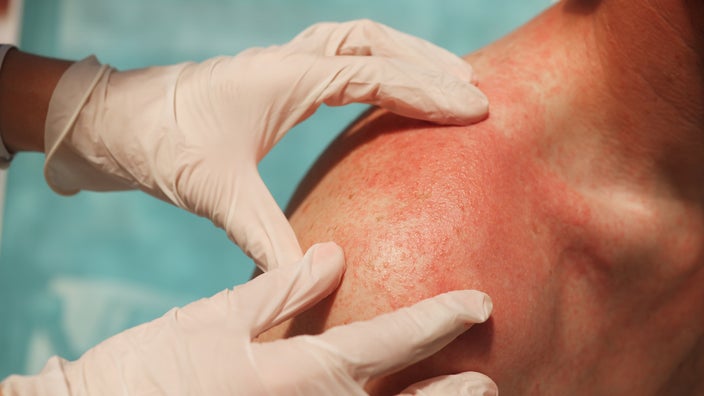
Dermatologists frequently conduct a skin biopsy and may initiate immunosuppressive treatment for suspected SCARs. Hospitalization is necessary for many patients, occasionally in cases of burns.
Conclusion: Be Inquisitive, Not Casual
Keep an eye on your skin when taking new medications, particularly antibiotics, anti-seizure medications, gout medications like allopurinol, or NSAIDs. Consider it a messenger. It frequently informs you of things your internal systems are unable to.
Additionally, keep in mind that not all rashes are harmful. However, it is worth identifying the risky ones early.
Do not panic, then. But do listen.
What's Your Reaction?








